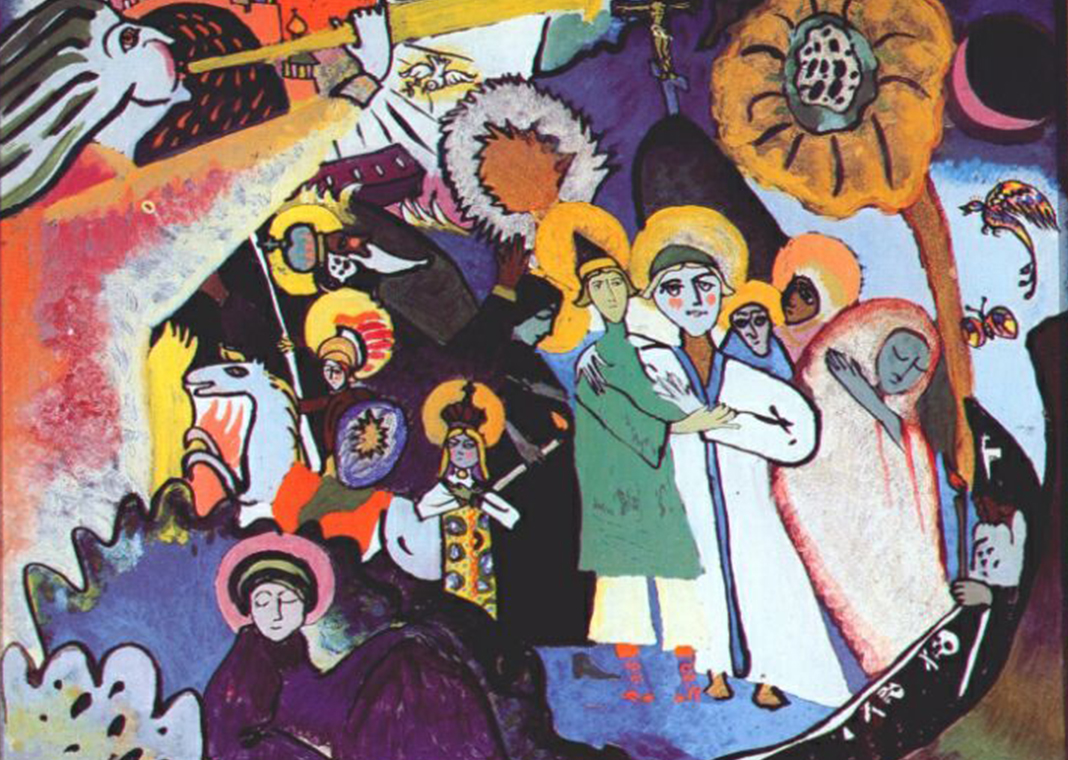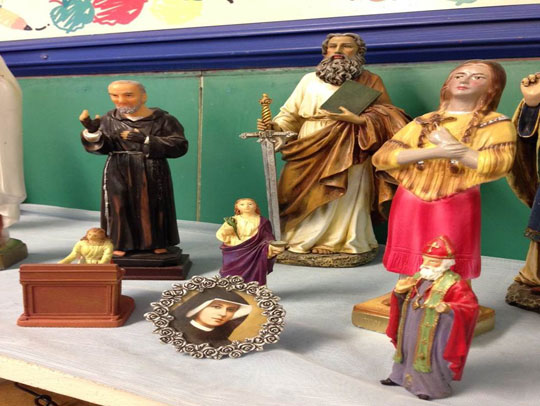
There are many ways we can teach about the saints. We can ask young people to write a report about their favorite saints. We can have the class choose a patron saint. We can include facts about saints in our weekly lessons.
But when I think about the way I talk about my friends, I don’t talk about them as if they were a collection of facts from a Wikipedia page. I don’t say what day their birthday falls on or when they were married; rather, I tell stories about them. I talk about adventures we’ve had together, or I share insights I’ve received from the deep conversations we’ve had.
I propose we do the same thing when we talk about the saints with the young people in our faith formation classes. Instead of teaching them about the saints, we should share the story of our life with the saints. Here are three ways to do that:
1. Share an anecdote.
What anecdote about a saint do you find most compelling or interesting? Share that anecdote with the young people in your class. Young people respond to our favorite anecdotes, because whenever we share a story with someone, we make that person a part of that story too. Tie the anecdote into the classroom discussion, if possible. For example, I love the story of St. Ignatius of Loyola letting a donkey decide whether or not he would kill someone who he thought had blasphemed against the Blessed Virgin Mary. I often use this story when we talk about forming consciences to make good decisions.
2. Share the wisdom.
We look to the saints because they teach us what it means to live as disciples of Christ. They give us a model to follow. A simple way to share their wisdom is to share your favorite quote from your favorite saint. One of my favorites is attributed to St. Ignatius: “Pray as if everything depends on God; work as if everything depends on you.” These quotes often make a saint’s wisdom manageable for young people. Moreover, these quotes can serve as a spiritual compass for young people throughout their lives.
3. Share a prayer.
Instead of praying to the saints, we should pray with them. For example, I begin every faith formation class by praying the Daily Examen. I explain to the young people the purpose and history of the prayer. This practice not only centers them and calms them down before class (which is beneficial in and of itself); it also gives an example of how the young people can imitate the saints by praying like them. It’s like passing down a family heirloom.
The Communion of Saints is a living one. The saints are not just historical figures who lived in some distant past or people who pray for us in heaven. The saints are our brothers and sisters in Christ, and they are present with us. By sharing their stories, their wisdom, and their prayers, we show the young people in our classes that the saints are our friends, not statues.
What is a story about your favorite saint? How might you share it with the young people in your faith formation group?
Image: Wassily Kandinsky, “All Saints Day I,” 1911, public domain via www.wikiart.org.




any stories I can read my 3rd grade Religious Ed Class on St. Mother Teresa
Fran, you might like this version of Mother Teresa’s story, from the Loyola Kids Book of Heroes: http://www.loyolapress.com/our-catholic-faith/saints/saints-stories-for-all-ages/blessed-teresa-of-calcutta.